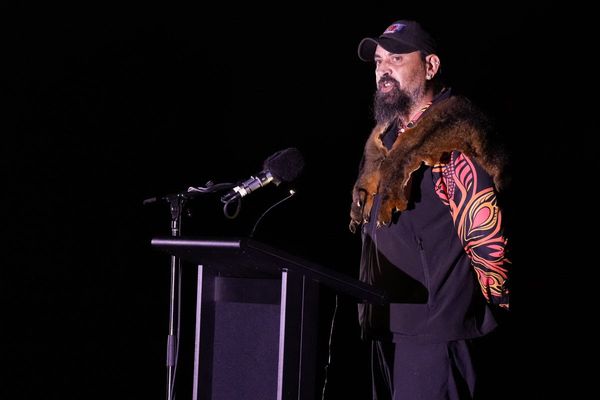
The most common question San Francisco Fed President Mary Daly is asked about the city when she's traveling outside of it is whether a "doom loop" has descended on the tech hub.
That's amid reports of people fleeing San Francisco during the pandemic to lower-cost areas and working from home, leaving office buildings increasingly vacant and nearby businesses bereft of customers.
But during an appearance at the Commonwealth Club World Affairs of California in San Francisco on Monday, Daly pointed out that the dot-com bust more than 20 years ago gave rise to similar predictions of doom for the Bay Area.
She went down a list of what San Francisco has going for it, including a highly educated workforce, good infrastructure and its "innovative entrepreneurial spirit." In fact, AI and other companies are looking for real estate again in the city, and more people are coming back to work.
"Every week I come, traffic is getting worse," Daly quipped. "That's a good thing, frankly, sometimes."
Still, data from property adviser CBRE shows that San Francisco's office vacancy rate of 37% is the highest of any big U.S., according to the Financial Times.
Daly also acknowledged that there's more work to do to make the city—as well as the surrounding area—better and help it reach its full potential. And she sees a role for San Francisco's business community, which isn't a passive bystander.
“If you’re the founder of something and you’re part of this, then let’s change it. This isn’t being done to us, we live in the city and so together we can help and assist,” she said.
When asked how CEOs and founders can help, she replied, "Talk about what you need to fix and also encourage your people to come back to work."
Hybrid work seems to be a compromise between companies and workers, and Daly said she is personally in favor of hybrid, noting that young employees also need to work with older employees to help grow and advance their careers.
But even hybrid work has received pushback from the tech sector. A study looking at the effects of return-to-office mandates at giants like Apple and Microsoft found that many workers left their companies. That's as Microsoft mandated 50% of the week in-office and Apple required just one day a week.
Similarly, nearly half of Dell’s full-time workforce in the U.S. rejected returning to the office and would rather work from home than get promoted.
A major obstacle is that a lot of employees have moved farther away from the office. The average distance from work for employees who were hired in 2023 is now 35 miles, up from 10 miles in 2019, according to a Stanford University and Gusto study published in March.
Meanwhile, Patagonia gave some employees just three days to decide whether they’ll relocate close to the office or quit. The company began piloting a “hub” model last year, in large part because of negative feedback it had received about being fully remote, Corley Kenna, head of communications at Patagonia, told Fortune earlier this week.
“We wanted to be really intentional, and we wanted to be sure that this was the right model,” she said. “We knew it would affect a lot of people, and so we took it really seriously to think through all the different ways we could care for our people. So think it’s a fair call-out, but I think that’s our real answer.”







